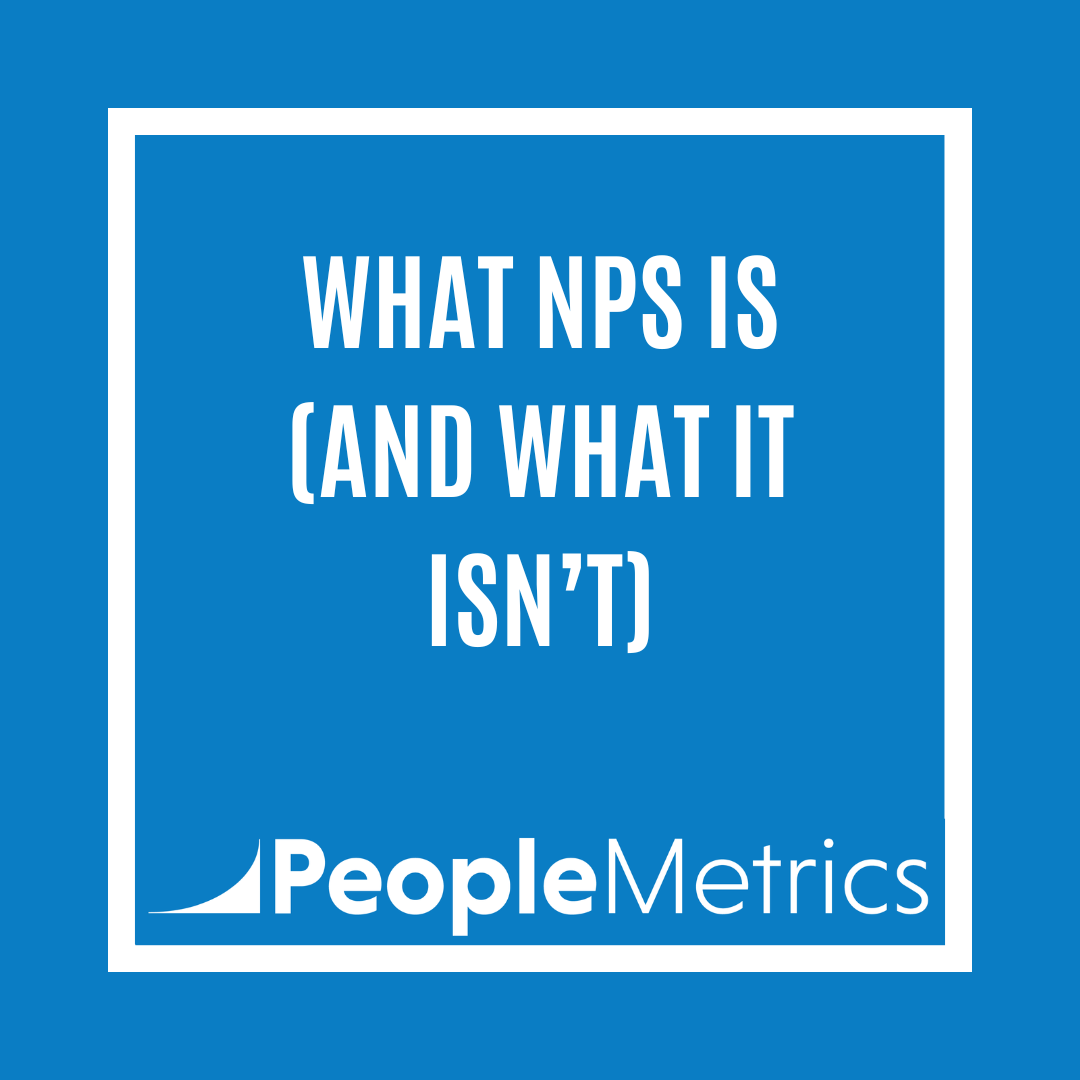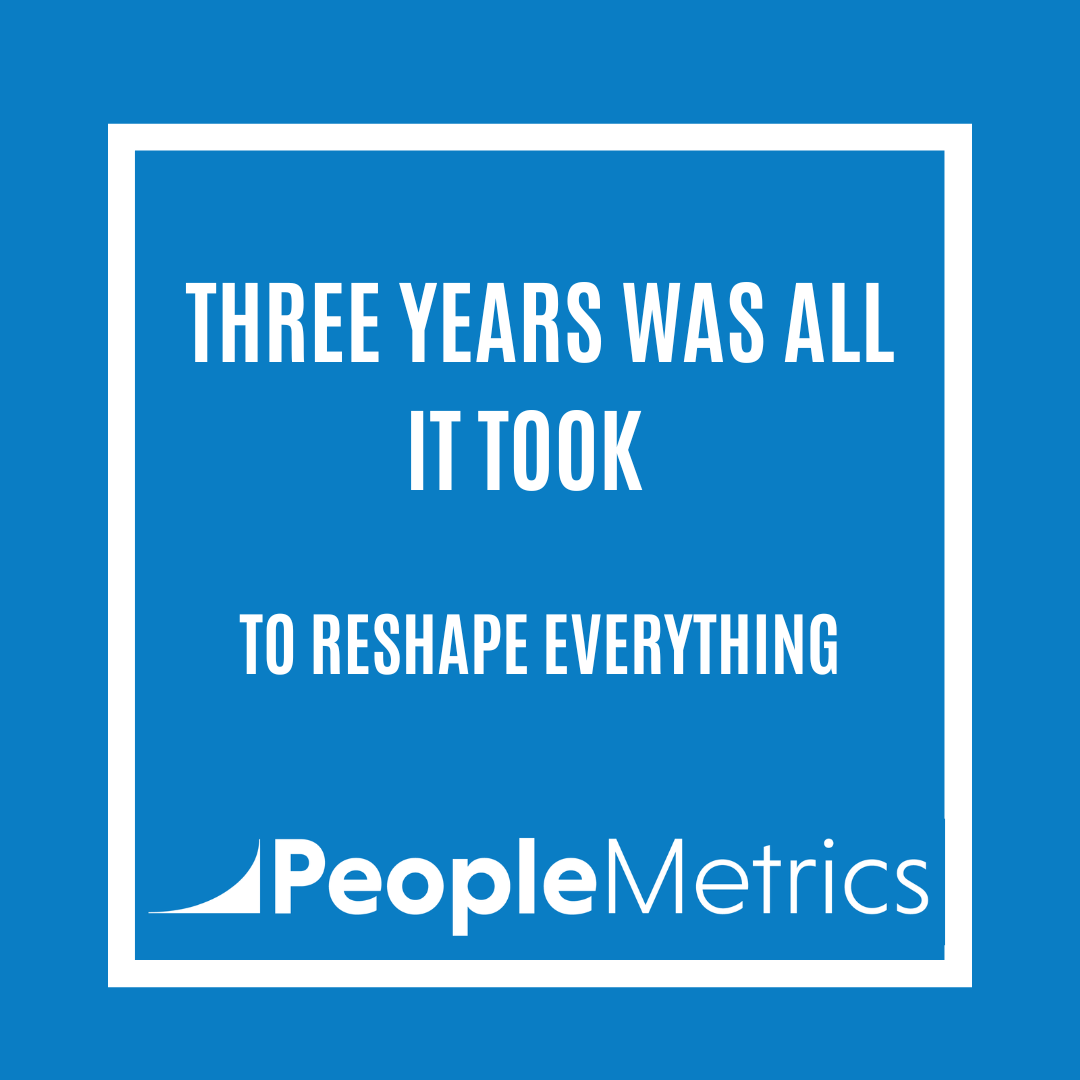Why the most popular customer loyalty metric still matters and how to use it the right way
Net Promoter Score (or NPS) is everywhere
You’ve seen it in surveys after you book a flight or stay at a hotel. You’ve heard executives talk about it on earnings calls. You might even have your own NPS score on a company dashboard today.
At this point, NPS is one of the best-known customer loyalty metrics in the world and one of the most misunderstood!
That’s why we’re starting this series with NPS fundamentals. Before you can use NPS to drive real growth, you need to be clear about what it really measures, how it works, and what it takes to move from simply collecting a number to acting on it.
Where NPS Came From and Why It Stuck!
NPS was introduced by Fred Reichheld and Bain & Company in the early 2000s. The idea behind it was simple. Ask a single question: “How likely are you to recommend [Company] to a friend or colleague?” and this could reveal how loyal your customers truly are.
It caught on quickly.
Executives liked it because it was easy to explain and benchmark. CX and market research leaders liked it because it was easy to calculate. And because it boiled down to a single score, it became something that could be shared across the company and even across industries.
But simplicity is a double-edged sword. As NPS spread, it also became misused and often turned into just another number on a slide deck, with no real insight or action behind it.
What NPS Really Measures
Here’s the part that trips up many teams: NPS isn’t about a single transaction or a one-time interaction. It’s about your overall relationship with your customers; built over the full bundle of experiences they’ve had with you.
Think of your customer relationships and NPS like a bank account:
- Every good experience is a deposit.
- Every bad experience is a withdrawal.
- NPS is the balance.
A high NPS means you’ve earned trust, consistency, and value over time. A low or negative NPS is a sign that you’re losing ground (and sometimes faster than you realize).
How It Works
The NPS question uses a 0–10 scale:
- Promoters (9–10): Loyal fans (sometimes called “raving fans”) who will recommend you.
- Passives (7–8): Generally satisfied but not fully committed.
- Detractors (0–6): Unhappy customers who may churn or even worse, actively discourage others from doing business with you.
Your “Net” Promoter Score is the percentage of Promoters minus the percentage of Detractors. The result can range from –100 (everyone is a Detractor) to +100 (everyone is a Promoter).
The math is simple and that’s exactly the point. But the number alone doesn’t tell you what’s driving it or what to do next.
Common Pitfalls
When companies get stuck at the “Foundational” NPS level, it’s usually because they fall into one of these traps:
- Using NPS for everything - NPS is best used as a relationship measure, not a stand-in for every transaction or touchpoint. One bad call with a rep doesn’t define a long-term customer relationship.
- Focusing on the score, not the story - A number by itself is not enough. You need open-ended feedback to understand what’s working, what’s broken, and where you have the biggest opportunities to improve.
- Obsessing over industry benchmarks - Benchmarks are helpful, but they’re only part of the picture. What really matters is whether your score is improving, staying flat, or falling and whether you’re learning why.
What’s a Good Score?
It depends on your industry, your brand promise, how you are positioned and many other factors.
But here are some general guidelines on NPS scores in 2025:
- 80+ is world class (think Apple, USAA).
- 50–79 is strong, you’re doing a lot right.
- 20–49 means you have work to do.
- Below 20? You’re at risk of losing customers.
- Negative? More Detractors than Promoters. This is a red flag that needs immediate attention!
But remember: the most important benchmark is your own. Trends over time and the actions you take are what make NPS meaningful.
From Foundational to Elite
NPS is powerful because it’s simple but it’s only valuable if you use it the right way.
The best companies do more than just ask the question and report a score. They design their surveys carefully, collect honest feedback from real customers, dig into the “why,” and close the loop with customers, all while building a culture that learns from every insight.
That’s what this series is about: helping you move up the curve from NPS basics to the very best practices that make NPS a true driver of growth.
What’s Next
In our next post, we’ll break down how to get the foundations right: when to ask, who to ask, and how to design your survey so you’re gathering reliable data that leads to real insight, not just a number on a chart!
Where is your NPS program today? Foundational, Mature, or Elite?
Leave your answer in the comments!





